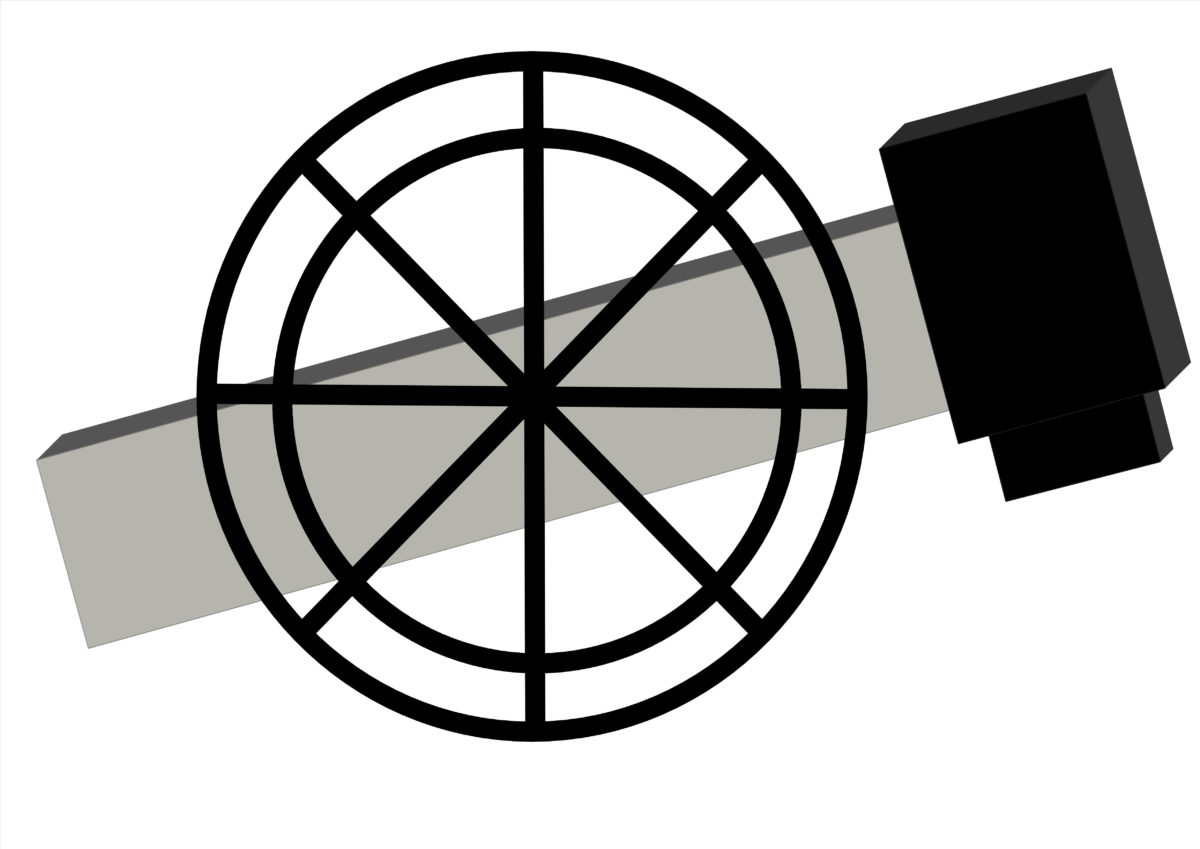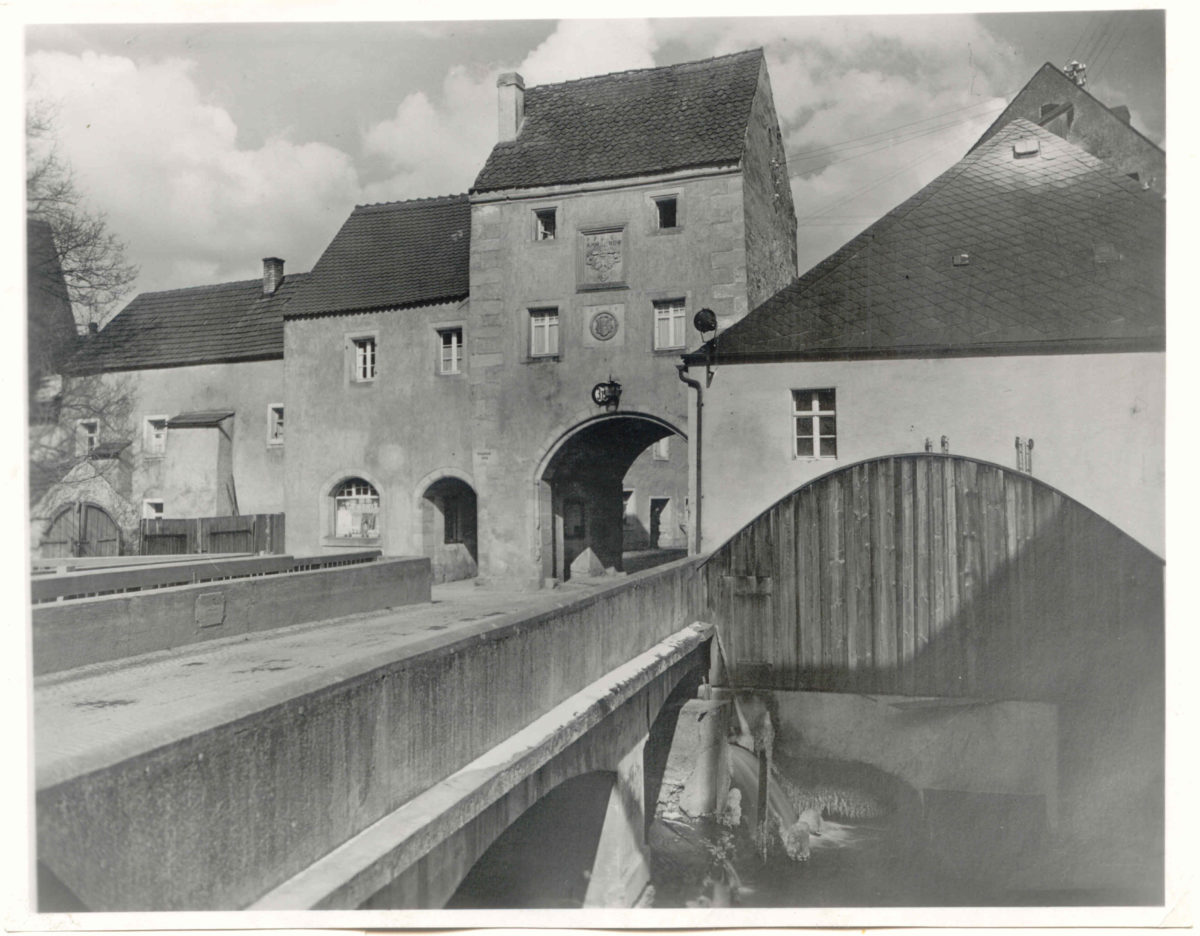Stadtmühle
At the entrance to the city
The town mill on the Thumbach, located directly next to the former Lower Gate at the entrance to the old town, shaped the townscape for centuries. After the Felsmühle, it is the oldest known mill in the former Pflegamt Grafenwöhr and was also subordinate to it. A mention of a mill letter from 1512 is the first evidence of the flour mill. It is obvious that it is as old as the town itself.
Good location at the pond dam
The mill was built at a strategically important location in order to make optimal use of the water power. When the town was founded in the 14th century, the two rivers Creußen and Thumbach were dammed to protect the new settlement, so that the town lay on an artificial peninsula. The Thumbach became the town pond, which was separated from the Felsweiher pond, the dammed Creußen, by a constructed pond dam. Exactly at this gradient at the pond dam the town mill had its mill wheel and thus had enormous water power. The miller was responsible for opening the weir during high water so that the water did not run into the town. In 1595, the keeper of Grafenwoehr reported that a large powerful snow water at the „pond next to the gate“ had torn away the channel, wheelhouse and the whole weir.
An old-established miller family
The first surviving miller from 1530 is Bastel Schutter. Millers used to be respected and wealthy people. Therefore, it is not surprising that with Johann Conrad Schmälzl in 1774, a mayor is also recorded among the town millers. He was followed by the Speckner family, who through marriage still live in the mill today. From Georg Meyer the mill passed to his son-in-law Josef Götz. At the end of the 19th century, his daughter married the miller’s son Wolfgang Speckner from the Schaumbachmühle. This marriage produced the last town miller, Willi Speckner, who milled flour until 1977.
Blown up
Until 1934, there was the massive high-vaulted wheelhouse with the 5 m high mill wheel, which was finally replaced by a modern turbine. In April 1945, American troops liberated Grafenwoehr and intended to move on to the military training area. Since the large vehicles did not fit through the lower gate, they blew it up without further ado. The immediately adjacent mill was badly affected, only the turbine itself remained undamaged.
Bread of the Stadtmühle
The Speckner family set about rebuilding the mill, and rye and wheat continued to be ground into flour in the usual manner until 1977. After more than 450 years of service, the old town mill finally ceased to operate. The last miller, Willi Speckner, died a year later. Customers continued to come in and out of the mill. In 1953/54, the Speckner family had established a brown bread bakery, which operated until 2018. In order to continue to enjoy the popular wood-fired breads and onion tart, the Bread and Baking Association was founded in 2019, whose volunteers bake once a month, keeping the tradition of the old mill alive.
Town mill and lower gate around 1930
© Archive Culture and Military Museum Grafenwoehr
 cycle trail ‚hammer mills & mills‘
cycle trail ‚hammer mills & mills‘